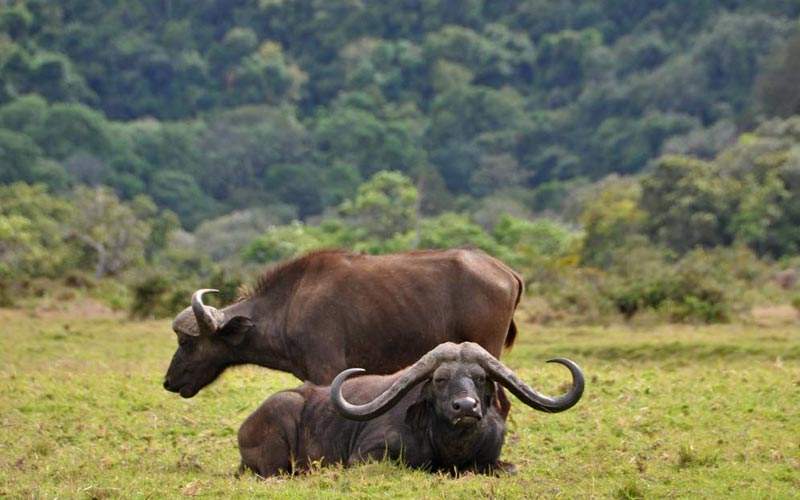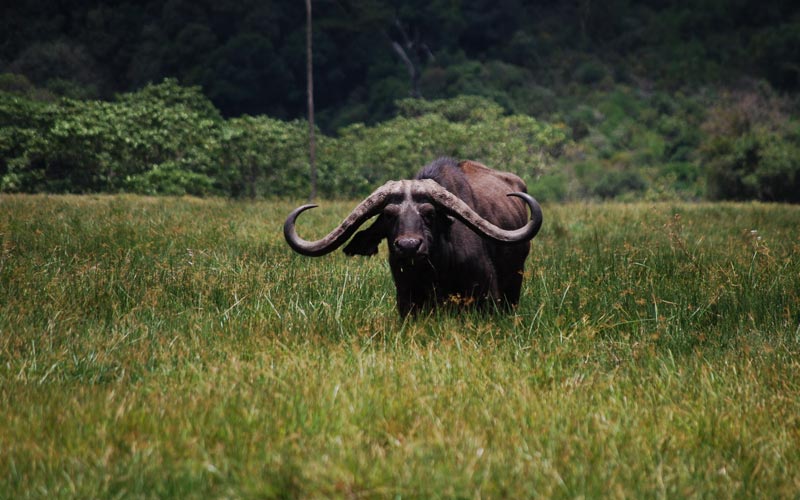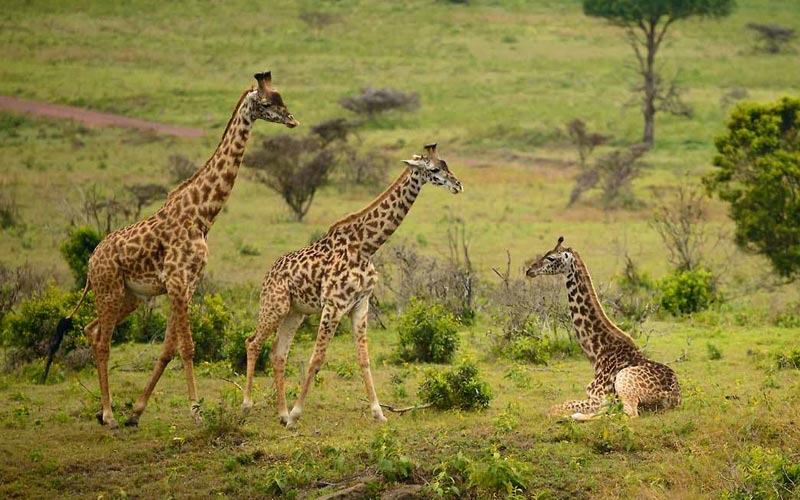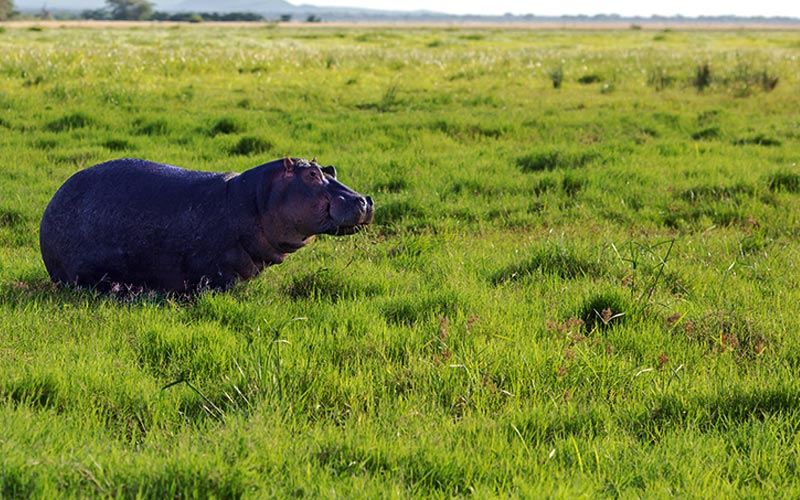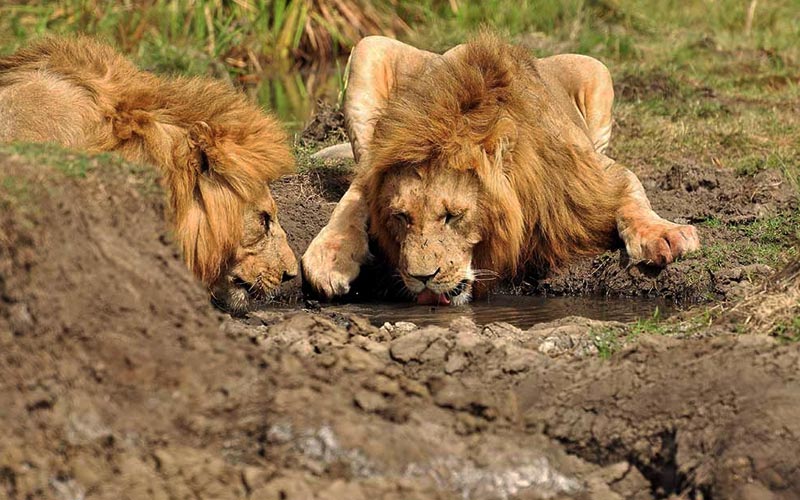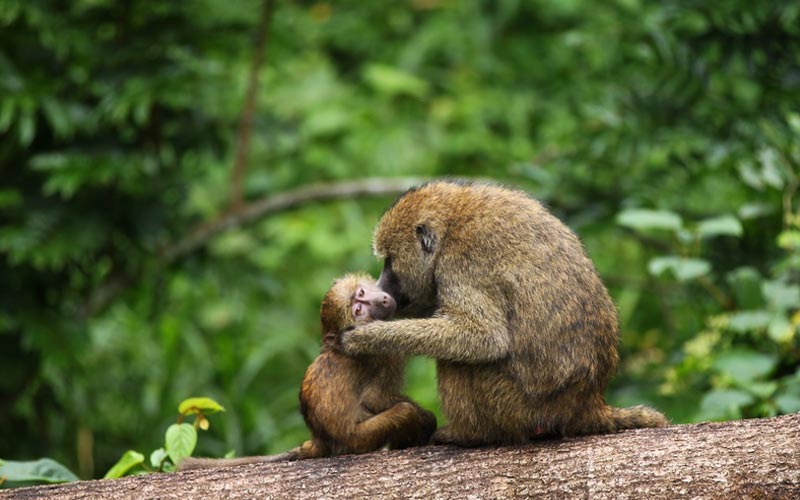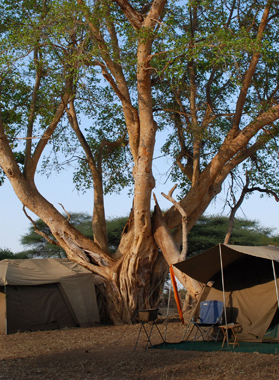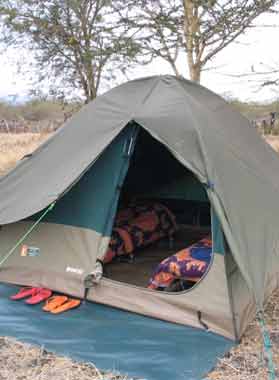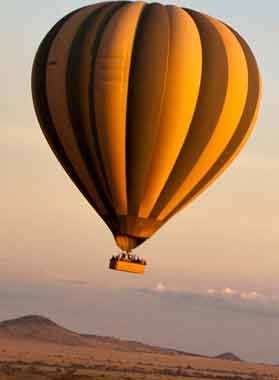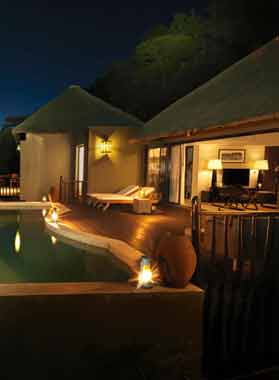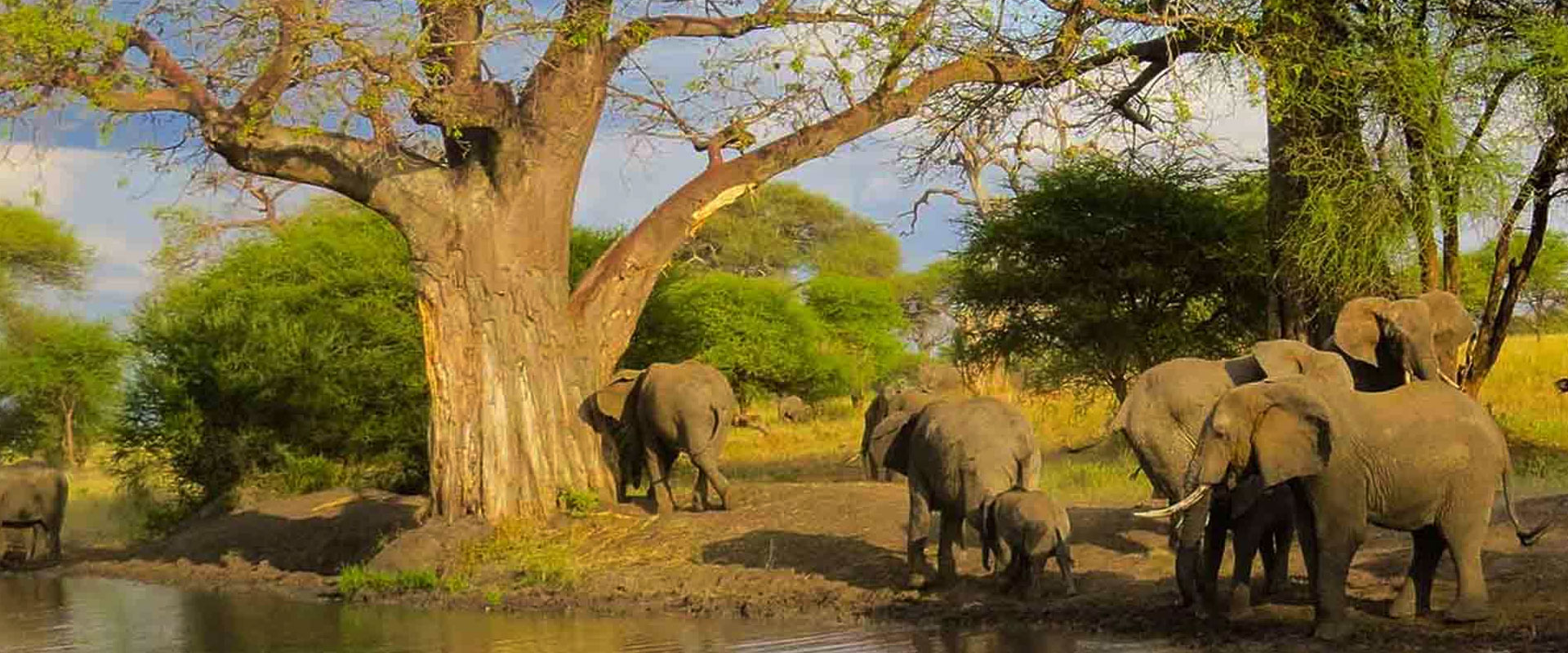
Arusha National Park
Season And Climate
Arusha's mellow climate sees normal daytime temperatures going from 21°C/70°F to 26°C/79°F. The Dry season (June to October) is the coolest season, getting out and out crisp before dawn. Mat up in case you're completing an early game drive. The Wet season (November to May) has two times of precipitation with a drought in the middle. Be that as it may, it's just during the supposed 'long downpours' (March to May) that deluges may hamper your safari.
How To Get There
Arusha National Park is only 45 minutes drive from the town of Arusha. Arusha city is the beginning stage of northern safari circuit in Tanzania. There are various approaches to touch base in Arusha town. The most prescribed choice to reach Arusha town is to fly into the Kilimanjaro International Airport which is around 46 kilometers from Arusha. You can likewise legitimately fly into Julius Nyerere International Airport, in the capital city Dar es Salaam and after that fly to Arusha Airport utilizing the charter aircraft.
Activities
- Walking safaris
- Game drive
- Canoeing
- Trekking
- Cultural safari
Highlights
- Momella Lakes
- Ngurdoto Crater
- Meru Crater and cone
- Dazzling perfect woodlands and falling cascades
- 40+ types of warm mammals present in the park including colobus monkeys, elephant, wild ox, giraffe, zebra, warthog, leopards, duiker, flamingos.
Pros and Cons
Pros
- Exceptionally beautiful scene with different living spaces
- Stunning perspectives on Mount Kilimanjaro
- Excellent birding with in excess of 400 aviary species
- Proximity to Arusha town
- Canoeing safari is advertised
Cons
- Major safari creatures are either not present or aren't effectively spotted
Overview
Arusha National Park is where wilderness meets beach life; it is the only place of Tanzania Destinations where you can observe the unique flora and fauna of both mainland and marine. It is the only wildlife sanctuary bordering the Indian Ocean. Once a slave trading centre, but nowadays just a small Swahili town. Spotting Zebras, elephants, warthogs, giraffes, wildebeest waterbucks is much expected. Lion, leopard and spotted hyenas is the sight to be seen with greater joy.
Tanzania Safari only national park named after a city, Arusha National Park is a gem inside simple reach. Despite its closeness to the safari capital, however, this park is scarcely visited. But those who visit are stunned by this small park's extensive perspectives, beautiful volcanic landscape, stunning rainforest, and rich wildlife in relative isolation. Taking up the vast majority of the park's space is the powerful Mt. Meru, a stratovolcano that was once higher than Mt. Kilimanjaro and Tanzania's second most elevated mountain. Some amazing landscape is to be had en route including unmatched perspectives on its greater neighbour and groups of buffaloes, giraffes, and zebras brushing tranquillity as you energetically wind your way through the apparently perpetual mountain trail. There is the thick wood, home to the subtle Leopard, the gymnastic highly contrasting colobus monkey and different primates in addition to a variety of wilderness fowls. At the foothills of Mt. Meru lies the Ngurdoto crater, a solid 3km wide, and 400m-profound volcanic caldera obviously named "the little Ngorongoro".
Toward the upper east of the Arusha National Park are the Momela lakes, a progression of seven shallow antacid lakes framed when Meru passed over its eastern divider. As in most shallow lakes, these too bolster a flourishing assortment of green growth which records for the lakes' different shades of emerald and turquoise and thusly bolsters a sizeable populace of channel feeders, for example, the pink-hued lesser flamingos who really gain this beautiful shading structure from the algae growth they eat. Other water winged creatures incorporate ducks, grebes, pelicans and a large group of transient flying creatures that typically fly in the middle of May and late October signifying the park's 575 different bird species that have been seen to date, making it a perfect ornithologist home.
Arusha National Park is the easy accessible National Wildlife Park of Tanzania and perfect for experiencing rich variety of flora and fauna. Get in touch with Face Of Africa Adventures and explore all the best safari options.
Information
Suggested Itineraries
Need a more customised exprience?
We will make it happen.
Arusha Office:
- Phone: +255 784 162 038
- Email: info@faceafricaadventures.com
- Address: Moivo Olorein Ppf, Block 668 Agm Street Arusha Tz, 23100
USA Office:
- Skype: raydigiacomojr
- Email: sales@faceafricaadventures.com
- Address: Laguna Beach, California,
Enquiry Now
"We love hearing from you.So if you have any comments,questions,queries,or you just want to say hello,please get in touch with us".



.avif)


